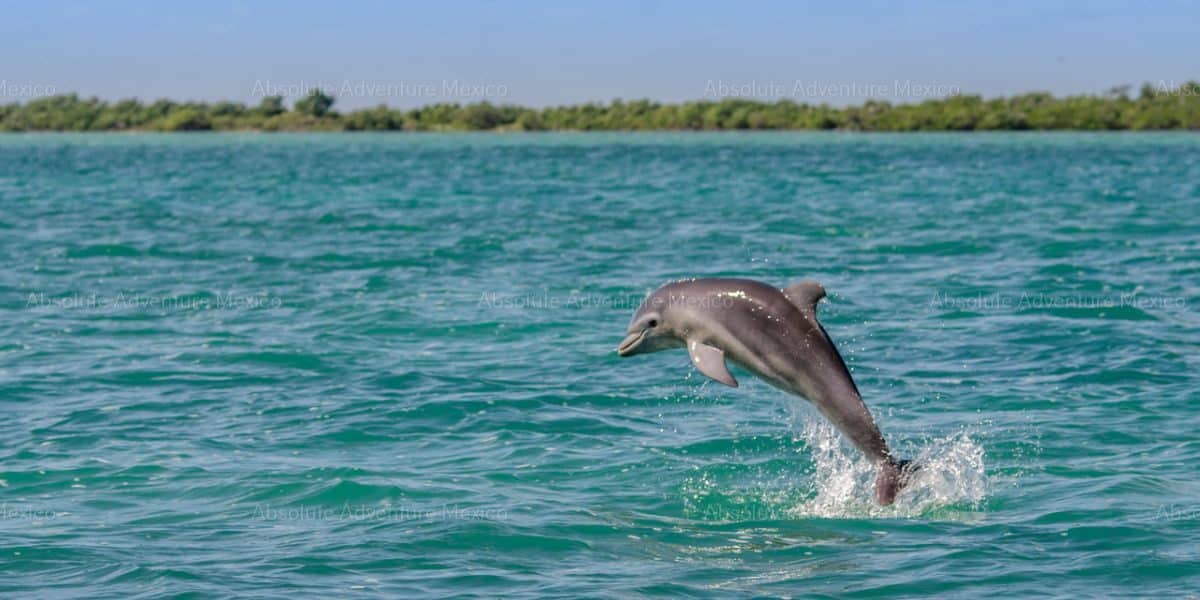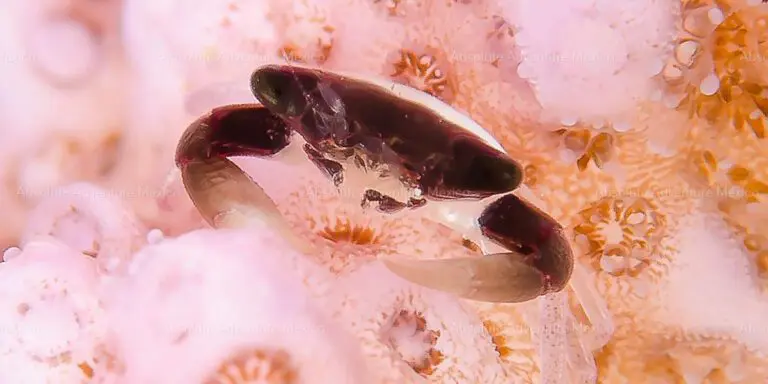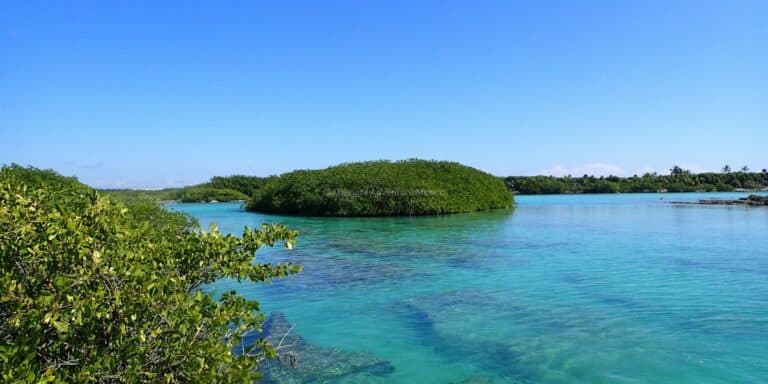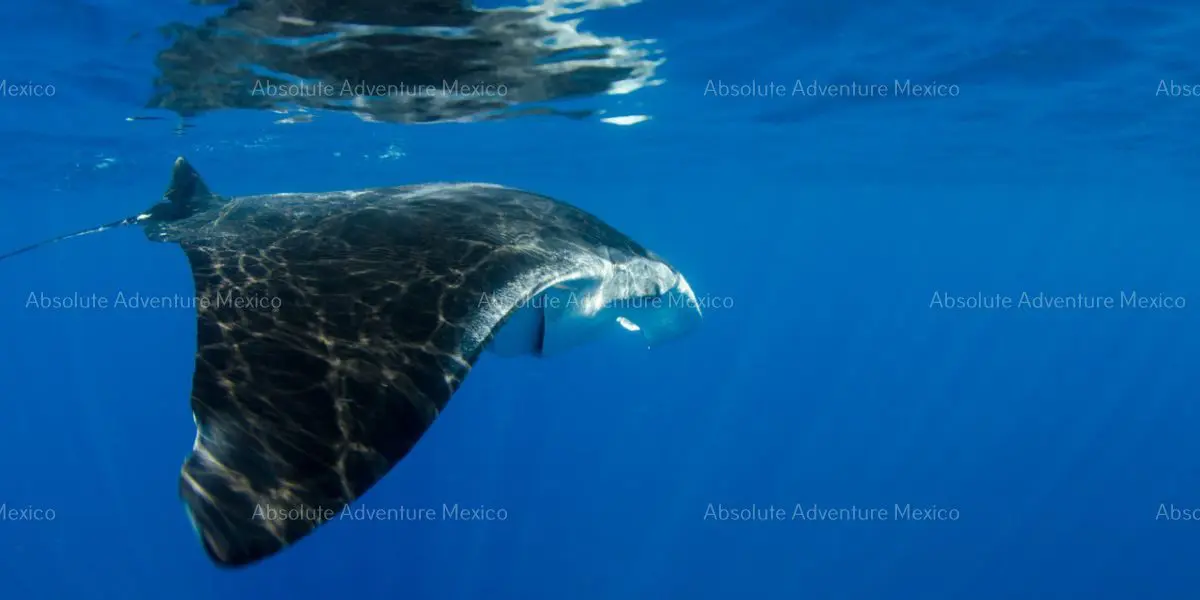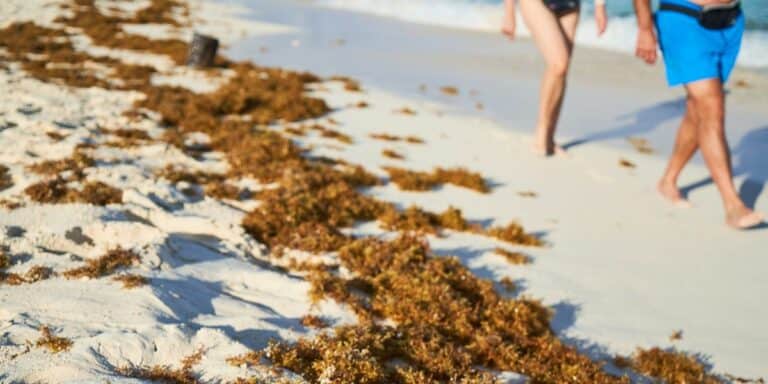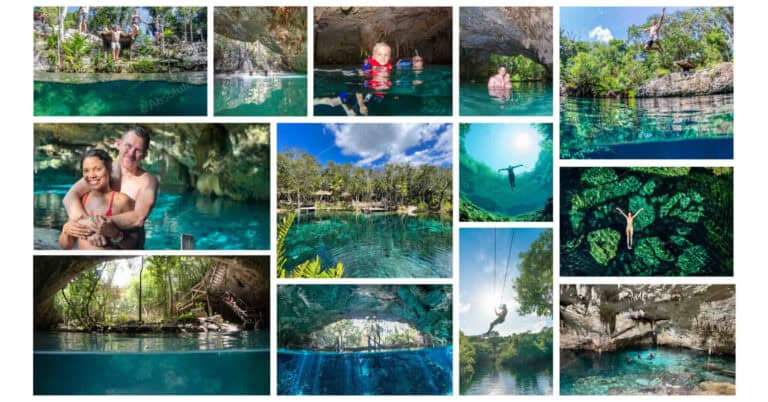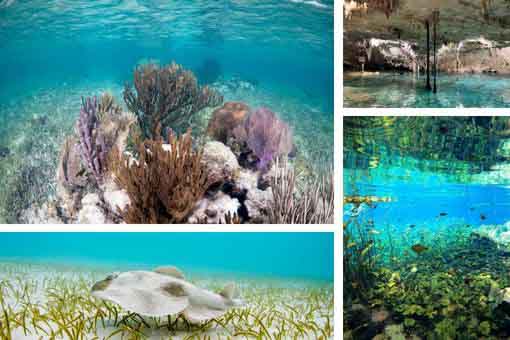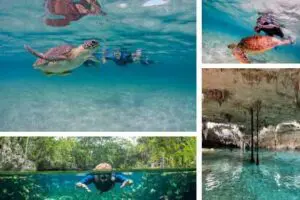Why Not to Swim with Dolphins in Delphinariums?
Swimming with dolphins is often marketed as a dream-like experience. But behind the smiles and tricks lies a reality that many travelers are unaware of. From the psychological suffering of these intelligent mammals to the legal changes now unfolding in Mexico, this article explores why choosing not to swim with dolphins in captivity is a more ethical and informed decision.
Ethical and Scientific Reasons to Avoid Captive Dolphin Encounters
1. Dolphins Swim Dozens of Miles a Day in the Wild
Wild dolphins are naturally active animals. Research shows they can swim up to 60 miles (100 kilometers) a day, navigating vast stretches of ocean in search of food, social interaction, and play (PETA).
In captivity, these animals are confined to tanks that are often less than 0.0001% the size of their natural range. The lack of stimulation and space contributes significantly to their mental and physical decline.
2. Captive Dolphins Suffer from Stress and Abnormal Behavior
Scientific observations have consistently shown that dolphins in tanks exhibit signs of psychological distress. These may include:
- Repetitive movements (pacing, circling)
- Head bobbing or floating listlessly
- Aggression toward tank mates or trainers
A study published in Animal Welfare found that dolphins in captive environments often show stereotypical behaviors, which are indicators of stress and poor welfare (Marine Mammal Commission).
3. Natural Social Bonds Are Severed
Dolphins are incredibly social creatures that live in complex societies called pods. In the wild, they communicate using distinct whistles and clicks, care for each other’s young, and form lifelong bonds.
In captivity, dolphins are:
- Separated from family groups
- Housed with incompatible individuals
- Often forcibly bred or moved between facilities
These disruptions are traumatic for a species that depends so deeply on social stability.
4. Mating and Play Are Crucial—And Disrupted in Captivity
In the wild, dolphins play constantly—leaping, chasing each other, and engaging in synchronized swimming. This is not just fun: play helps young dolphins develop survival skills and prepares males for courtship.
Mating behavior is also highly nuanced:
- Male dolphins often form alliances to court females
- They use complex displays and vocalizations during mating rituals
- Much of this behavior is learned through social play (PubMed Study)
Captivity stifles these behaviors, especially when dolphins are kept isolated or with incompatible mates.
5. Captivity Reduces Lifespan and Health
While some facilities claim that dolphins live longer in captivity, multiple studies have shown no clear advantage—and in some cases, shorter lifespans.
Stress, chlorinated water, limited space, and constant human contact contribute to a host of health problems:
- Skin and eye irritations
- Gastrointestinal issues
- Immune suppression
These issues are rarely observed in wild dolphins.
6. Legal Changes in Mexico Reflect a Shift in Values
In October 2022, Mexico’s Chamber of Deputies approved a reform to the General Wildlife Law that prohibits the use of marine mammals—including dolphins—in entertainment shows or any profit-driven interactions.
“The initiative seeks to ban captive marine mammal shows and promote their release or relocation to sanctuaries.”
— Diputados.gob.mx – General Wildlife Law Reform (2022)
This landmark legal shift reflects growing awareness of animal welfare and aligns with global trends in ethical tourism.
In March 2025, Mexico’s environmental protection agency PROFEPA officially ordered the closure of the dolphinarium at Barceló Maya Grand Resort in the Riviera Maya after finding the facility lacked the proper permits to conduct animal performances. The action followed public outrage and an investigation triggered by a viral video showing a dolphin named Mincho crashing into the edge of the pool during a show.
This tragic incident came on the heels of two other dolphin deaths—Alex and Plata—in 2024, raising serious concerns about the animals’ welfare.
What You Can Do: Ethical Alternatives in Mexico
There are many ways to experience marine life in Mexico without harming animals. Here are a few meaningful alternatives:
Visit Sian Ka’an Biosphere Reserve
- UNESCO World Heritage Site
- See dolphins, manatees, and sea birds in their natural environment
- Boat tours with local eco-guides
Swim with Sea Turtles in the Wild (Akumal)
- Guided tours to snorkel responsibly alongside turtles
- No feeding or touching
- Supports local conservation
Snorkel in Yal Ku Lagoon
- Peaceful, fish-filled waters with no captivity
- Surrounded by mangrove habitats ideal for bird watching
- Family-friendly, low-impact activities
Reef Snorkeling in Puerto Morelos Marine Park
- Protected section of the Mesoamerican Barrier Reef
- Shallow reefs teeming with colorful fish, corals, and rays
- Regulated access ensures sustainability and safety
Snorkeling or Scuba Diving in Cozumel
- World-famous coral reefs in Cozumel Reefs National Park
- Dolphins are sometimes seen swimming freely alongside boats or divers—no feeding or chasing involved

